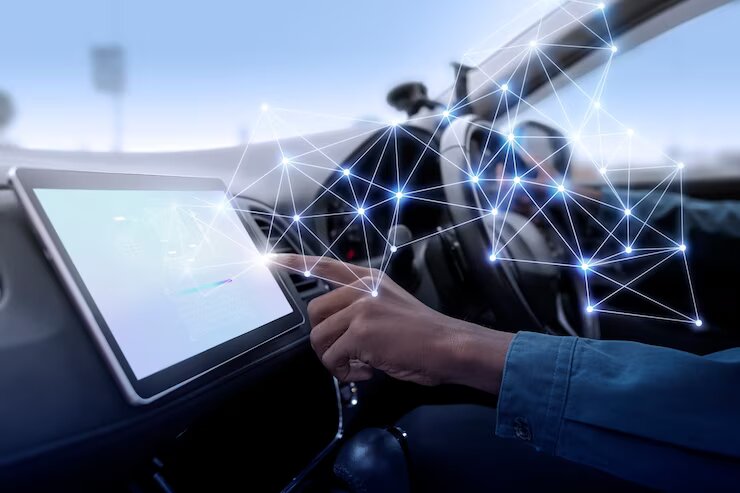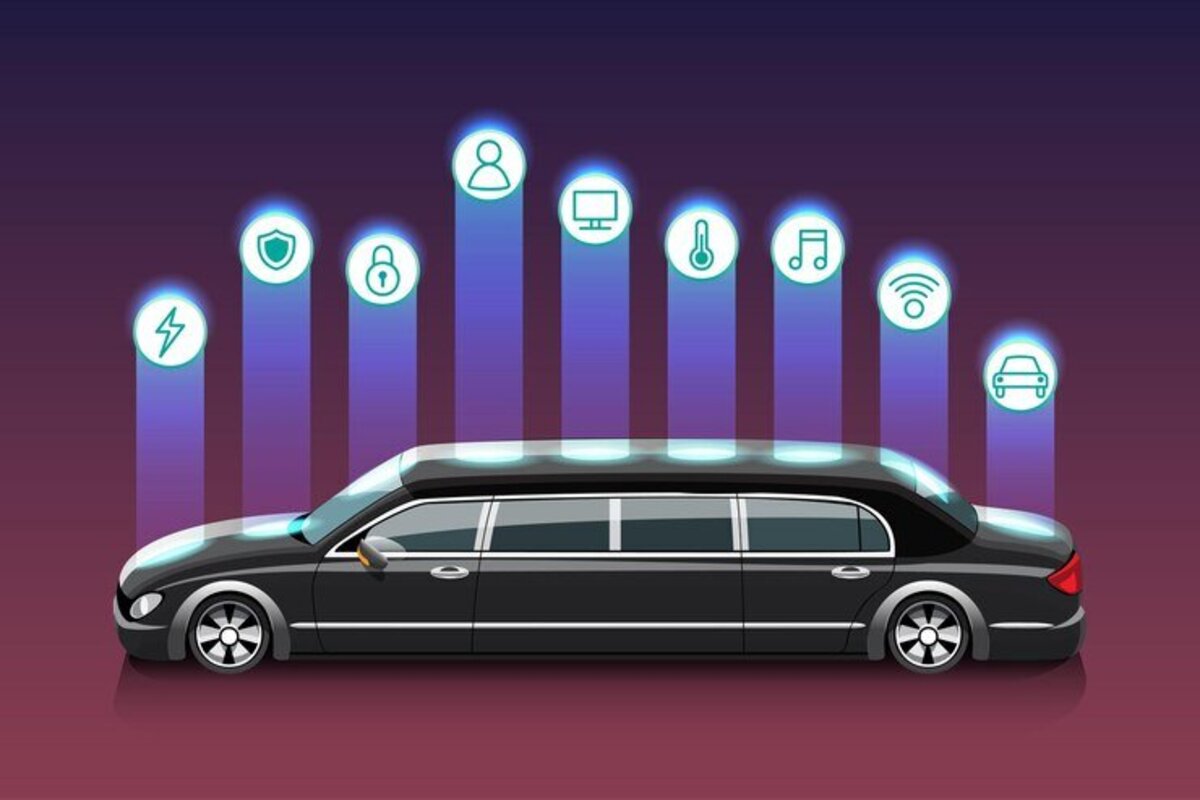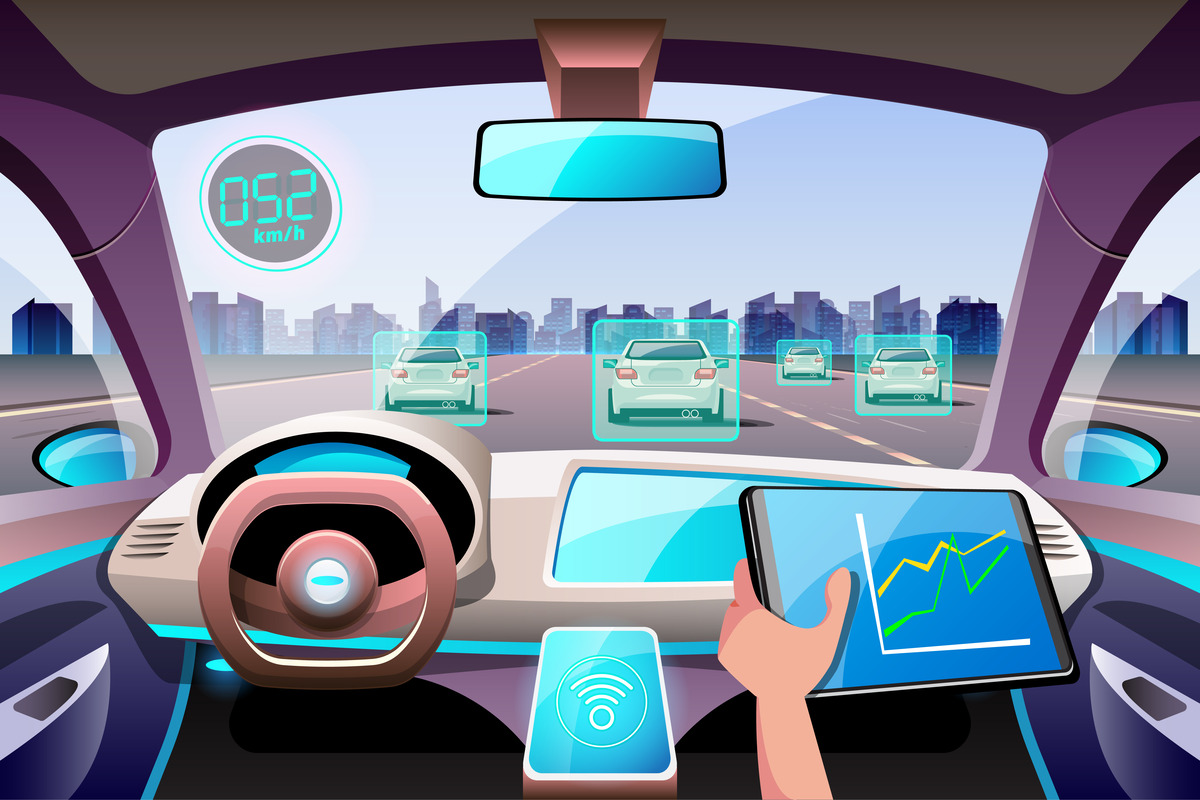V2X Unleashed: A Revolution in Car Connectivity
Introduction
In the ever-evolving landscape of automotive technology, the emergence of Vehicle-to-Everything (V2X) communication stands out as a groundbreaking advancement. This transformative approach to car connectivity has the potential to redefine the way vehicles interact with each other and the surrounding infrastructure, ushering in a new era of intelligent transportation systems.
The Evolution of Car Connectivity
The evolution of car connectivity has witnessed a remarkable journey, from the introduction of basic radio systems to the integration of sophisticated infotainment platforms. V2X communication represents the next frontier, aiming to establish a seamless network where vehicles can communicate not only with each other but also with pedestrians, traffic lights, and other elements in their environment.
Understanding Vehicle-to-Everything (V2X) Communication
At its core, V2X communication enables vehicles to establish a dynamic and bidirectional connection with everything in their vicinity. This includes communication with other vehicles, pedestrians, traffic infrastructure, and even the emerging landscape of smart cities. The two-way communication system forms the foundation for enhancing road safety, traffic efficiency, and overall driving experience.
Key Components of V2X Technology
- Communication Protocols:
V2X technology relies on dedicated communication protocols, such as Dedicated Short-Range Communication (DSRC) or Cellular Vehicle-to-Everything (C-V2X), to enable seamless and standardized interactions between vehicles and their environment. - Onboard Units (OBUs) and Roadside Units (RSUs):
Essential hardware components include Onboard Units (OBUs) installed in vehicles and Roadside Units (RSUs) positioned along roadways. These units facilitate the exchange of information, ensuring effective communication within the V2X ecosystem. - Global Positioning System (GPS):
V2X systems leverage GPS technology to provide accurate location data, enabling vehicles to communicate their positions and movements. This enhances the precision of safety applications and contributes to overall traffic management efficiency. - Intelligent Transportation Systems (ITS) Integration:
V2X technology integrates with Intelligent Transportation Systems, allowing for the seamless incorporation of traffic management solutions, adaptive signal control, and other smart infrastructure components to enhance overall transportation efficiency. - Security Measures:
Robust security features, including encryption and authentication protocols, are crucial components of V2X technology. These measures ensure the integrity and confidentiality of communication, protecting the V2X ecosystem from potential cybersecurity threats.
Advantages and Applications of V2X Communication
- Enhanced Road Safety:
V2X communication significantly improves road safety by enabling real-time exchange of information between vehicles. This facilitates advanced driver assistance systems, collision warnings, and emergency brake assistance, reducing the risk of accidents. - Traffic Flow Optimization:
V2X technology contributes to efficient traffic management through data-driven insights. Vehicles can share information about their speed, route, and traffic conditions, allowing for dynamic traffic flow optimization and minimizing congestion on roadways. - Pedestrian and Cyclist Safety:
V2X communication extends beyond vehicles to include pedestrians and cyclists. It enhances safety by providing alerts to drivers about the presence of pedestrians and cyclists in their vicinity, reducing the likelihood of accidents and improving overall road-sharing dynamics. - Environmental Impact Reduction:
The intelligent coordination enabled by V2X helps reduce fuel consumption and emissions. Optimized traffic flow, adaptive cruise control, and efficient route planning contribute to a greener environment by minimizing the ecological footprint of vehicular transportation. - Autonomous Vehicle Enablement:
V2X communication plays a pivotal role in the development of autonomous vehicles. The exchange of real-time data among vehicles and infrastructure assists in autonomous navigation, decision-making, and coordination, paving the way for a future of self-driving cars and improved mobility solutions.

Enhanced Safety Features through V2X
One of the primary objectives of V2X is to enhance road safety. Explore how V2X facilitates real-time communication to prevent accidents, warn drivers of potential hazards, and contribute to the development of intelligent safety systems that can significantly reduce the risk of collisions.
Improving Traffic Management with V2X
Examine how V2X can revolutionize traffic management by providing data-driven insights. This includes optimizing traffic flow, reducing congestion, and contributing to the development of intelligent transportation systems that can adapt to real-time conditions, making urban mobility more efficient.
Environmental Benefits of V2X Technology
Consider the positive environmental impact of V2X, such as the potential to reduce fuel consumption and minimize emissions. V2X technology aligns with the broader goal of developing greener transportation solutions by optimizing traffic flow and promoting more sustainable driving practices.
Challenges and Considerations
No technological advancement is without its challenges. Explore the hurdles and considerations surrounding the widespread adoption of V2X technology, including cybersecurity concerns, the need for infrastructure development, and the importance of establishing industry-wide standards.
Outlook and Industry Trends
Peer into the future of V2X communication, considering emerging trends, potential regulatory developments, and its integration into the broader landscape of smart cities and connected ecosystems. Anticipate how V2X will continue to evolve and shape the future of intelligent transportation.
Case Studies: Real World Applications of V2X
- City of Columbus Smart Mobility Project:
In Columbus, Ohio, V2X communication has been integrated into the city’s Smart Mobility Project. The initiative aims to enhance traffic flow, reduce congestion, and improve road safety. V2X-enabled traffic signals communicate with equipped vehicles, optimizing signal timing based on real-time traffic conditions, resulting in a more efficient and safer urban transportation system. - Audi Traffic Light Information System:
Audi has implemented a V2X-based Traffic Light Information system in select cities. Equipped Audi vehicles receive real-time data from traffic signals, informing drivers of the time remaining until the light changes. This not only improves traffic efficiency but also reduces fuel consumption and emissions by minimizing unnecessary stops and accelerations. - Contra Costa County Connected Corridors Program:
The Connected Corridors program in Contra Costa County, California, utilizes V2X communication to address congestion and enhance overall transportation efficiency. The program integrates data from various sources, including traffic signals, highway sensors, and connected vehicles. This information is used to provide real-time traffic management strategies, such as adaptive signal control, leading to smoother traffic flow and improved commuting experiences.
Conclusion: Shaping the Future of Car Connectivity
Sum up the comprehensive exploration of V2X communication by emphasizing its transformative potential. Acknowledge the challenges it faces while highlighting its pivotal role in shaping the future of car connectivity and intelligent transportation systems. As V2X continues to evolve, it holds the promise of not only enhancing individual driving experiences but also contributing to the development of safer, more efficient, and environmentally friendly transportation ecosystems.






